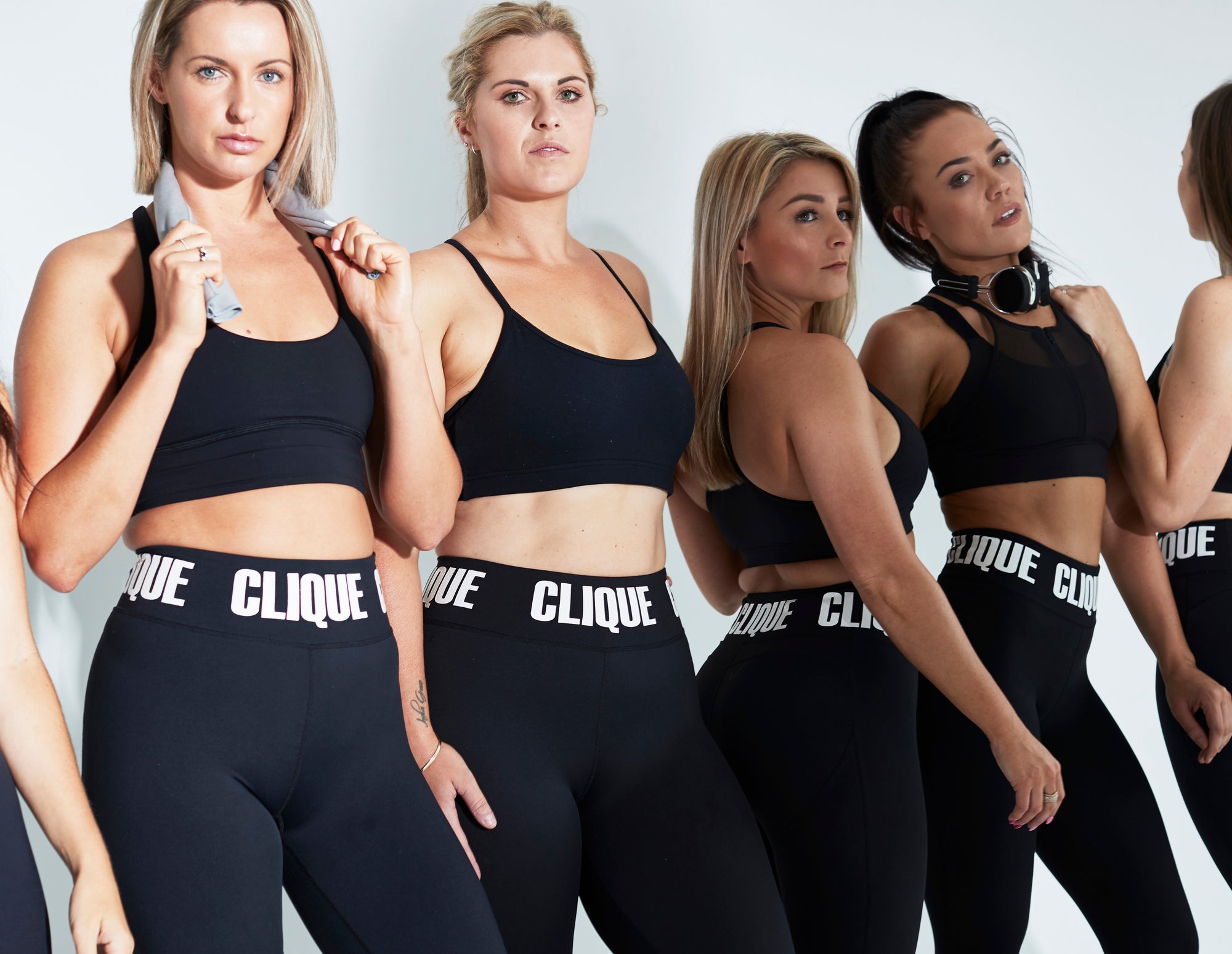You may have noticed an increase in ‘compression tights’ on the market and the word ‘compression’ being thrown around as a benefit. But not all compression tights are created equal. Why? well - let’s start with the basics...
Why is compression important in a fitness tight?
Wearing compression tights during a workout wraps the muscles to help reduce muscle shock and vibration causing damage. During and post-exercise, compression helps with faster muscle repair of damaged tissue by increasing blood flow - this removes lactic acid from the muscles and increases fresh oxygenated blood which assists with soreness and improves recovery. In short, compression gear helps you get back into your fitness faster. Recent studies have shown that with an optimal level of compression, arteries will dilate, increasing blood flow up to 40% during a workout and 30% post-training.
So, any tight leggings can help me with recovery?
Not quite. Specially designed compression wear is created with muscle recovery in mind. Graduated compression from the ankles up means that the garment is tighter around the ankle and calf to assist the body in venous return (deoxygenated blood flowing back up to the heart).
How do I know which compression tights will help me with recovery?
In order for us to ensure compression tights do what we say they do, they must be independently tested. Here, compression testers will ensure the tights are firm enough around certain areas and muscle groups to provide the benefit of optimal recovery to these areas. After testing has been completed, the tights are given a compression rating.
Clique Fitness compression tights carry a compression rating of 15-20mmHg - MmHg stands for millimetres of mercury and it indicates the level of pressure or compression a garment can provide.
Compression ratings range from mild to medical.
8-15 mmHg = mild compression.
15-20 mmHg = moderate compression
20-30 mmHg = firm compression
30-40 mmHg = Extra firm compression
Extra firm compression with a rating of 30-40 mmHg is more commonly reserved for those who suffer from chronic circulatory issues and a doctor or medical professional should be consulted before use.
Compression tights with a compression rating of 15-20mmHg will...
- Enhance circulation to the muscles providing faster recovery
- Ensure your tights never slip or fall down
- Reduce swelling and relieve tired, aching legs
- help with travel. 15-20mmHg is the ideal compression level used for those travelling long or short distances
Compression tights can even be used as a preventive to ensure your legs are healthy - not that you need another reason to wear your compression tights as much as possible!
Use our Tights Guide to find the best Clique fit for your lifestyle.
Clique Tights Fit Guide



